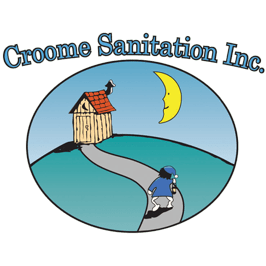
Croome Sanitation Inc.
(on hillside ave)Contractors in Rehoboth, MA

For over 42 years, Croome Sanitation's goal has been to ensure the best possible service for each client. Established in 1962, we pride ourselves on being able to provide the best septic tank and cesspool service in the area We're conveniently located in Rehoboth, Massachusetts, and serve the surrounding area. We want to make your experience as convenient as possible, which is why we offer quick radio dispatch and professional, courteous service every time. Please take a moment to browse through our site to learn more about our company and what we can do for you. If you have any questions or comments, please feel free to contact us. We look forward to hearing from you.
